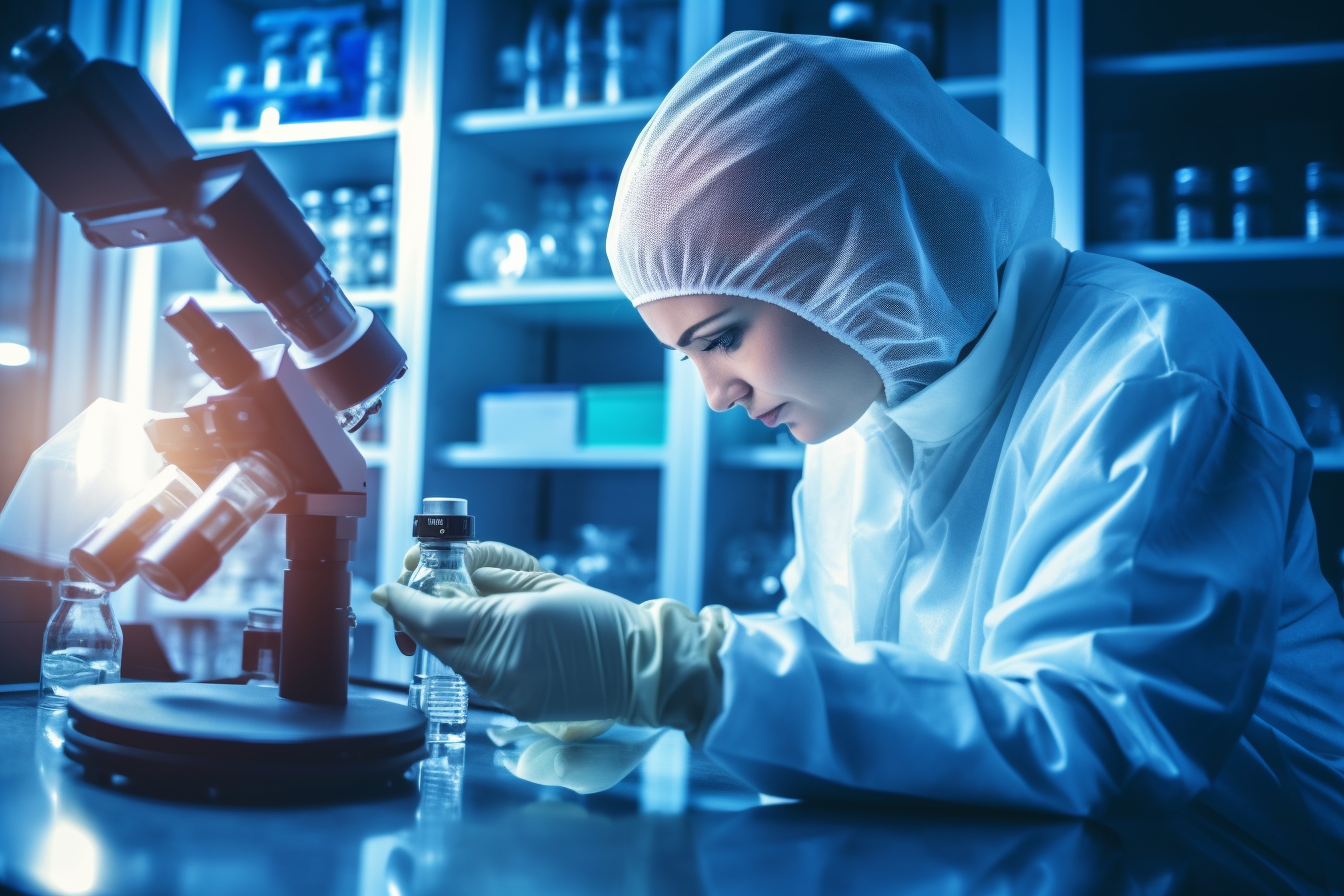- Understanding Preservative Efficacy Test: The Basics
- Regulatory Guidelines and Standards
- Steps Involved in Preservative Efficacy Testing Cosmetics
- What is the Importance of Dermatological Testing in Cosmetics?
- Why is Preservative Efficacy Testing Important in Cosmetics?
- Challenges and Considerations
The increasing demand for safe and effective cosmetic products has led to a growing focus on preservative efficacy testing. Manufacturers need to ensure that their products are free from harmful microorganisms, and this is where preservative efficacy testing comes into play. In this article, we will delve into the specifics of this process, its importance in the cosmetics industry, and the guidelines set by regulators.
Understanding Preservative Efficacy Test: The Basics
Preservative efficacy test, also known as challenge test, is a vital step in the development of cosmetic products. This test evaluates the ability of a product’s preservatives to protect against microbial contamination during its shelf-life and usage. It involves introducing a high concentration of microorganisms into the cosmetic formula and monitoring the growth and survival rate over time.
Why is it Crucial for Cosmetic Products?
Microbial contamination can pose significant risks to consumers, such as skin irritations, infections, and even severe health complications. For manufacturers, contaminated products can lead to loss of trust, reputation, and revenue. Therefore, ensuring that cosmetics effectively inhibit the growth of harmful microorganisms throughout their shelf-life is a crucial aspect of quality control and product safety.
Regulatory Guidelines and Standards
Various regulatory bodies around the world have established guidelines to ensure the efficacy of preservatives in cosmetic products. While different regions may have specific requirements, many of these guidelines follow similar principles. Some of the widely accepted standards include:
- ISO 11930: An international standard providing guidelines for evaluating the preservation efficacy in cosmetic formulations.
- USP 51: The United States Pharmacopeia (USP) 51 Antimicrobial Effectiveness Testing outlines the criteria for antimicrobial preservation in various pharmaceutical and cosmetic products.
- European Pharmacopoeia 5.1.3: This is a European standard for conducting challenge tests and analyzing the results to determine the product’s preservation efficacy.
Steps Involved in Preservative Efficacy Testing Cosmetics

The process of preservative efficacy testing typically follows a series of steps that are designed to assess the effectiveness of a cosmetic product’s preservatives against specific microorganisms. These steps include:
1. Selection of Microorganisms
The first step involves selecting the appropriate challenge microorganisms, which usually consist of bacteria, yeast, and mold species known to cause contamination in cosmetic products. Commonly used strains include:
- Pseudomonas aeruginosa
- Staphylococcus aureus
- Escherichia coli
- Candida albicans
- Aspergillus brasiliensis
2. Preparation of Test Samples
The cosmetic product samples must be prepared and tested without any alterations to their original formulation. The test sample should be free from existing contaminants and stored at optimal conditions.
3. Inoculation and Incubation
The prepared samples are then inoculated with high concentrations of the selected microorganisms. After inoculation, the samples are incubated under controlled environmental conditions, such as temperature and humidity, for a specific period of time.
4. Sampling and Measurement
At predefined intervals during the incubation period, samples are taken from the inoculated cosmetic product to measure the concentration of viable microorganisms. This measurement is typically performed using standardized microbiological methods, such as plate counting or most probable number (MPN) techniques.
5. Analysis of Results
The results obtained from the measurements are analyzed to determine the effectiveness of the preservatives in inhibiting microbial growth. The criteria for an effective preservation system are based on regulatory guidelines, which usually require a rapid reduction in bacterial count, followed by sustained suppression throughout the test duration.
What is the Importance of Dermatological Testing in Cosmetics?
Dermatological testing methods play a crucial role in the cosmetics industry. These tests are conducted to evaluate the safety and efficacy of cosmetic products before they are marketed. By subjecting these products to various tests, including patch tests and irritation studies, dermatological testing ensures potential allergic reactions or adverse effects are identified, enabling manufacturers to make necessary adjustments. Ultimately, dermatological testing methods safeguard consumer health and help maintain trust in the cosmetic industry.
Why is Preservative Efficacy Testing Important in Cosmetics?
Preservative efficacy testing plays a crucial role in assessing the safety and effectiveness of cosmetic products. The importance of cosmetics testing lies in its ability to determine if a preservative system can inhibit microbial growth and protect consumers from potential risks, such as contamination and product spoilage. By ensuring adequate preservation, these tests uphold product quality, stability, and most importantly, consumer health.
Challenges and Considerations
Preservative efficacy testing can be complex and requires careful planning and execution to ensure accurate results. Some challenges and considerations include:
- Product Formulation: The formulation of the cosmetic product must be taken into account when designing the test, as factors like pH, viscosity, and composition can influence the performance of preservatives.
- Microbial Strain Selection: Selecting the appropriate challenge microorganisms is crucial, as these strains should be relevant to the type of contamination that may occur in the cosmetic product during its shelf-life and usage.
- Test Method Validation: Ensuring that the chosen method for preservative efficacy testing is validated and provides reproducible results is essential for regulatory compliance and product safety assurance.
In conclusion, preservative efficacy testing plays a vital role in ensuring the safety and quality of cosmetic products. By following established guidelines and conducting thorough challenge tests, manufacturers can mitigate the risk of microbial contamination and provide consumers with safe, effective products that meet regulatory requirements.
